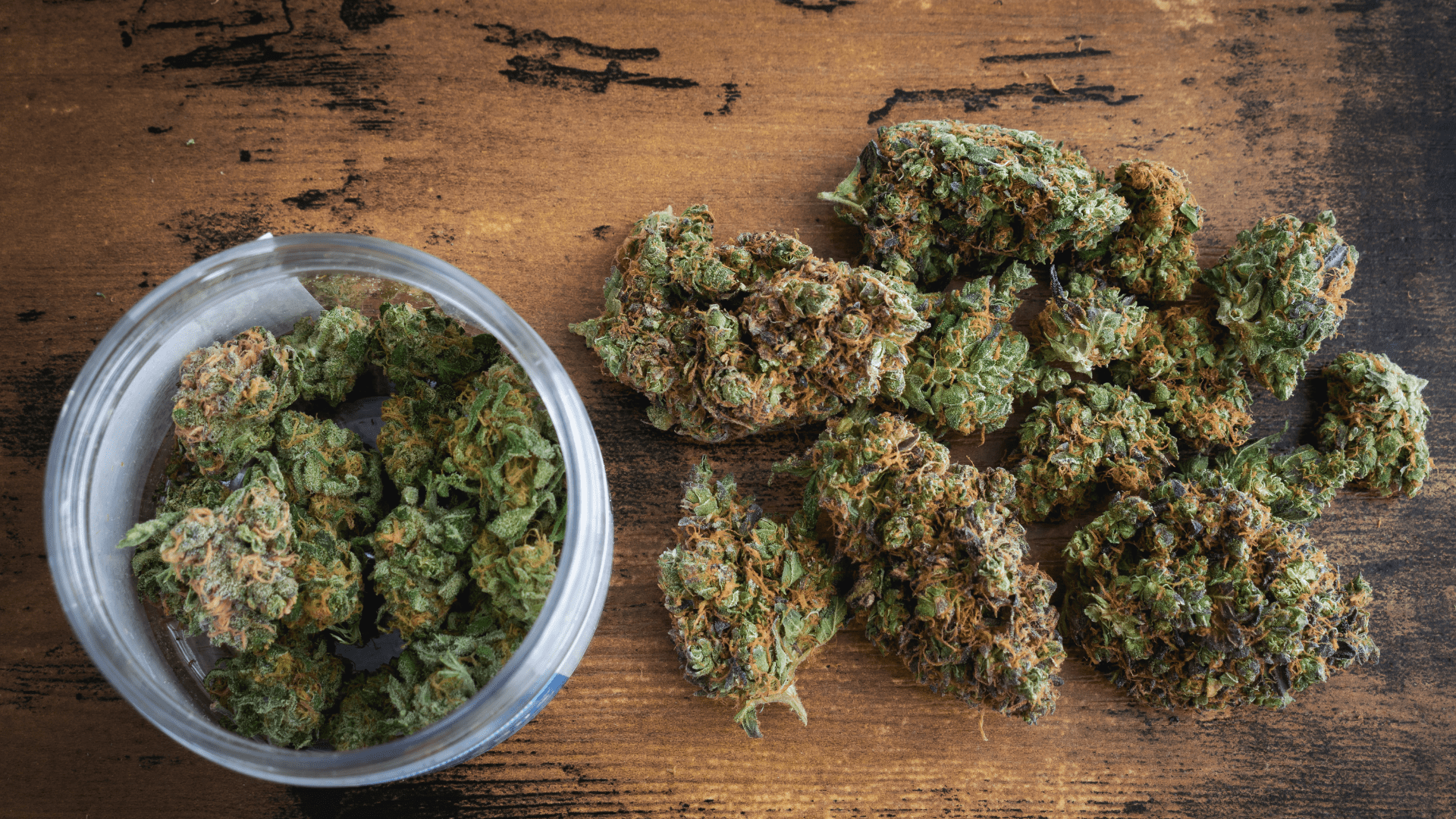What to Know About Cannabis Strains: How to Pick the Best One for You

If you have read about cannabis online or visited a cannabis dispensary, you have probably come across the word strain. What does strain mean in the cannabis world? Does it impact your experience with cannabis? You can learn more about this term below:
Understanding Strains in Cannabis
Cannabis comes in different varieties known as varietals. Such differences are apparent in flower colors, bud aroma, and flower effects. These differences are known as strains. Cannabis cultivators create various strains by breeding together existing plant lineages, often to highlight a desired effect, plant trait, or compound.
However, there’s no particular set of what makes a strain. Breeders can freely name a plant. Also, strain names may change according to the state you are buying cannabis. In addition, such differences can change by harvest according to growing conditions.
Breeding Weed Strains
Choosing a strain often depends on the cultivator’s goals. Some strains are chosen for popularity and notoriety among consumers. Popular strains smell and look one way and build a particular experience. The majority of breeders do not make too many changes to these strains since consumers tend to want something specific.
Breeders that prefer to make new strains choose certain parent strains for their color, aroma, potency, and trichome density. Other strains are best for particular cannabinoids and medical conditions. In such a case, there should be higher CBD levels or THC levels. Additionally, some breeders look for new genetics that better suit some specific growing conditions.
Indica, Sativa, and Hybrid Cannabis Strains
While indica and sativa strains are commonly used terms, some people may be using them incorrectly. Indica plants tend to be bushier and shorter than the sativa variety. Since both terms do not have much impact to do with the plant’s chemical composition, they are usually misused. Sativa and Indica describe differences in the plant’s appearance and growing cycle, not the terpene or cannabinoid composition.
Before the cultivation of commercial cannabis started, indica and sativa plants were believed to have stronger differences in terms of their terpene and cannabinoid composition. These days, cannabis plants are crossbred, interbred, and manipulated. The majority of cannabis and cannabis products are a hybrid, which means a combination of both sativa and indica cannabis.
Choosing the Right Cannabis Strain for You
Choosing the best strain can be daunting. But the key to determining the perfect strain is to do your homework and learn about the kinds of strains that suit your needs. When making a choice, think about your desired effects, creativity, energy, and relaxation. To better understand the strains available, read reviews from other cannabis users. Find a strain that has the right balance of CBD and THC for the effects that you desire. But if you are still not sure about the best strain for you, ask a budtender at the dispensary for more advice and information. Here’s what you should consider:
- THC vs CBD. These cannabis chemicals can cause varying experiences with cannabis. THC is more cerebral and psychoactive while CBD leads to more bodily effects. Also, CBD can help decrease bodily inflammation. Both chemicals have a lot of medical benefits. They can offer relief for several problems like insomnia, chronic pain, and depression. But CBD does not result in the euphoria effects that THC produces. Some users use CBD due to the lack of this side effect. When choosing a strain at a dispensary, be wary of your psychoactive intent.
- Terpene profile. Terpenes are chemical compounds in plants. They are the ones that produce the aromas, colors, and flavors in different kinds of plants. Terpenes in cannabis make some strains taste or smell different from others. Also, they can impact the strain’s effects. Most users are picking about their strains’ terpene profile since terpenes cause the distinctive aroma, flavors, and effects of every strain.







